Emerging Therapeutic Options
The development of new therapeutic options is a critical driver for the Whipple's Disease Market. Recent advancements in pharmacological treatments, including novel antibiotics and immunomodulatory therapies, are being explored to enhance patient outcomes. These emerging therapies aim to address the underlying infection caused by Tropheryma whipplei, the bacterium responsible for the disease. Clinical trials are underway to evaluate the efficacy and safety of these new treatments, which could potentially transform the management of Whipple's Disease. As these therapies become available, they are likely to increase the market's attractiveness to healthcare providers and patients alike. The introduction of innovative treatment modalities may also lead to a shift in clinical practice guidelines, further influencing the Whipple's Disease Market.
Rising Incidence of Whipple's Disease
The increasing incidence of Whipple's Disease appears to be a significant driver for the Whipple's Disease Market. Recent studies indicate that the disease, although rare, is being diagnosed more frequently due to improved awareness among healthcare professionals. This rise in cases necessitates enhanced diagnostic and therapeutic options, thereby expanding the market. The prevalence of gastrointestinal symptoms that mimic other conditions often leads to misdiagnosis, but as awareness grows, more accurate diagnoses are made. Consequently, the demand for specialized treatments and management strategies is likely to increase, fostering growth in the Whipple's Disease Market. Furthermore, the potential for misdiagnosis highlights the need for ongoing education and training for healthcare providers, which could further stimulate market expansion.
Advancements in Diagnostic Technologies
Technological advancements in diagnostic methodologies are poised to significantly impact the Whipple's Disease Market. Enhanced imaging techniques, such as MRI and CT scans, alongside improved serological tests, facilitate earlier and more accurate detection of the disease. These innovations not only aid in confirming diagnoses but also in differentiating Whipple's Disease from other gastrointestinal disorders. As diagnostic accuracy improves, the likelihood of timely intervention increases, which is crucial for patient outcomes. The market for diagnostic tools is expected to grow as healthcare facilities invest in state-of-the-art technologies to better serve patients. This trend suggests a robust future for the Whipple's Disease Market, as early detection is essential for effective treatment and management.
Increased Patient Awareness and Education
The growing awareness and education surrounding Whipple's Disease are likely to drive the Whipple's Disease Market. As patients become more informed about the symptoms and potential complications of the disease, they are more inclined to seek medical attention. This heightened awareness can lead to earlier diagnoses and treatment, which is essential for improving patient outcomes. Educational initiatives by healthcare organizations and patient advocacy groups play a pivotal role in disseminating information about the disease. Furthermore, as more patients are diagnosed, there is a corresponding increase in the demand for specialized care and treatment options. This trend suggests that the Whipple's Disease Market will continue to expand as awareness campaigns effectively reach broader audiences.
Growing Research and Development Investments
The surge in research and development investments in the field of rare diseases, including Whipple's Disease, is a notable driver for the Whipple's Disease Market. Increased funding from both public and private sectors is facilitating the exploration of new treatment avenues and diagnostic methods. Research initiatives are focusing on understanding the pathophysiology of Whipple's Disease, which may lead to the discovery of targeted therapies. Additionally, collaborations between academic institutions and pharmaceutical companies are becoming more common, fostering innovation in treatment strategies. This influx of investment not only enhances the scientific understanding of the disease but also stimulates market growth by bringing new products to the forefront. As R&D efforts continue to expand, the Whipple's Disease Market is likely to benefit from a more robust pipeline of therapeutic options.
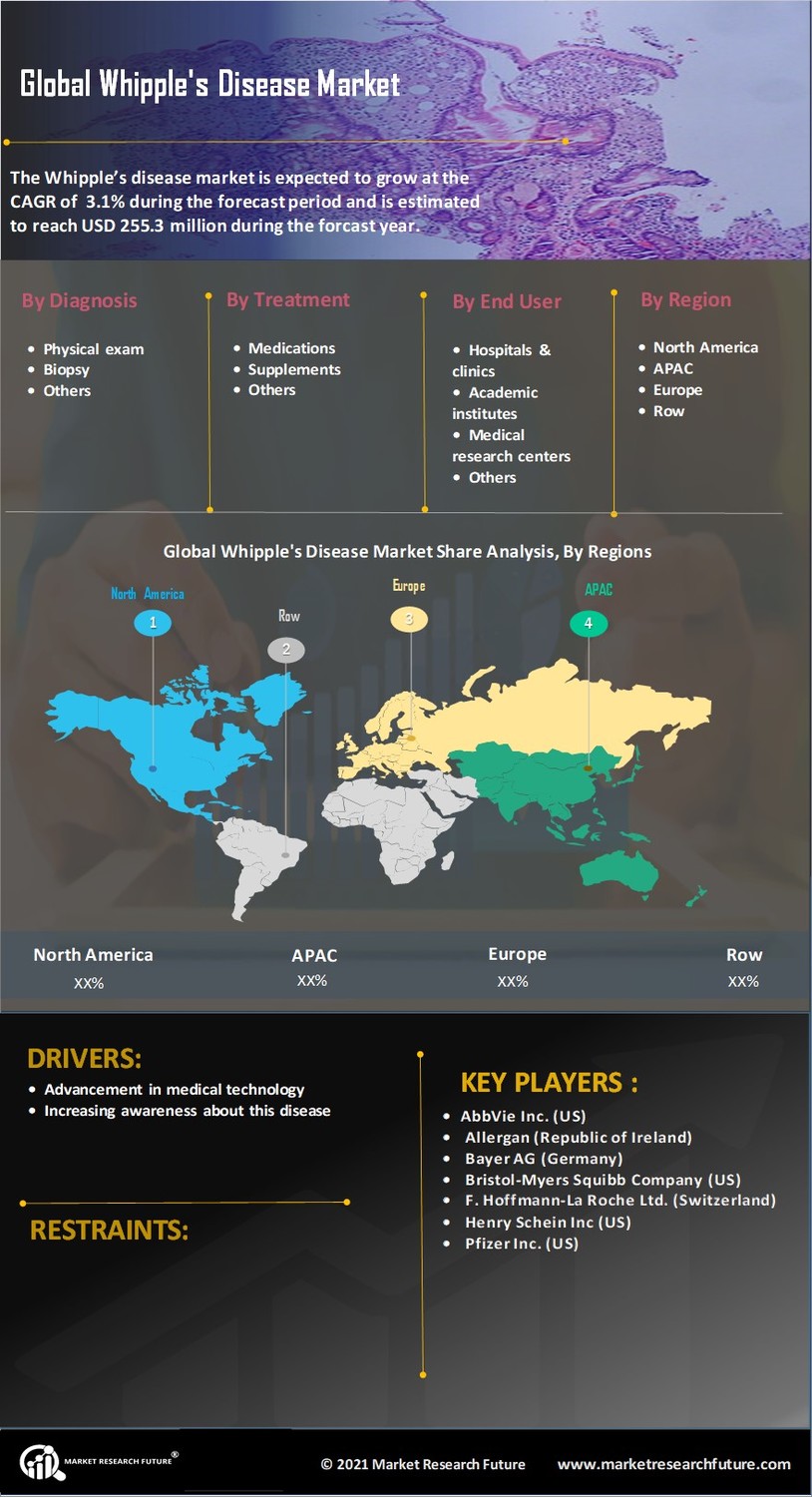

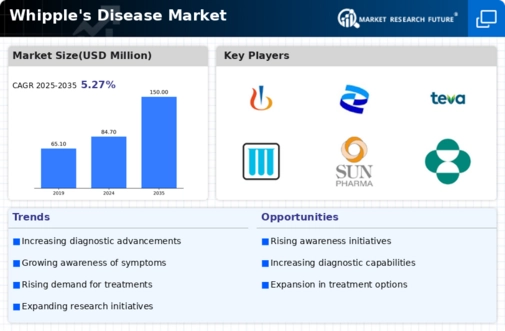
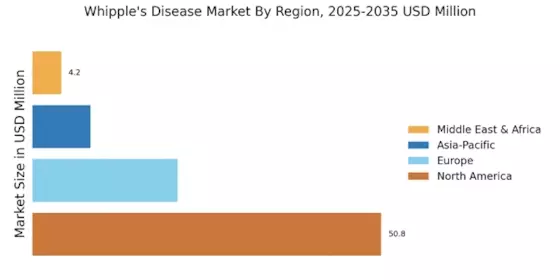
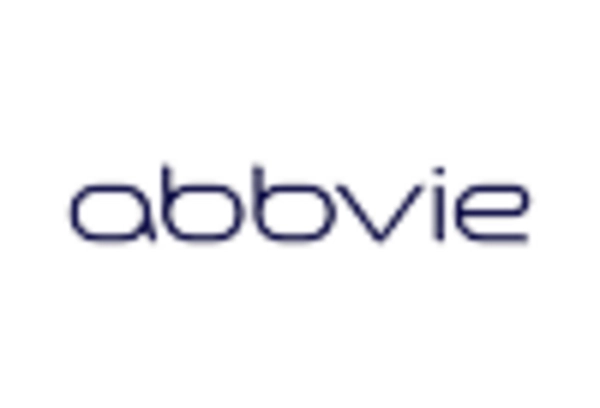
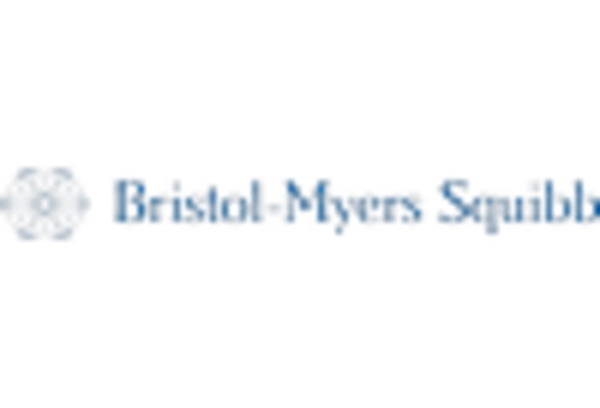
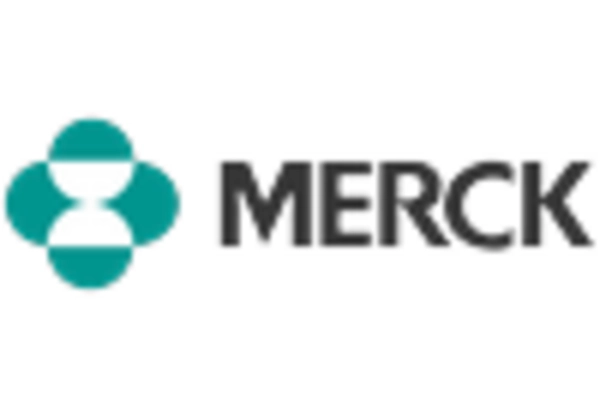
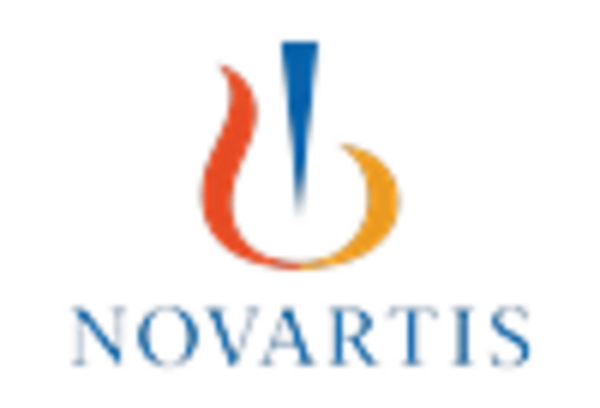

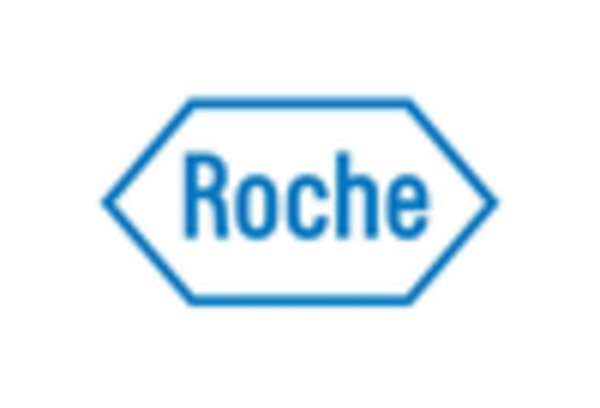








Leave a Comment